Project Topstone: Getting Rolling – Part 2 – by Grannygear
Editor’s Note: This is Part 2 of the opener for the “Project Topstone Series”. Part 1 can be seen by clicking here.
If you are only spending $1750.00 for a gravel bike, you cannot expect it to be really light. Now weight is relative. Light bikes are ‘funner’ to ride if I were to speak in general terms, but really, too much is made of weight. Getting a sub 20lb gravel bike in my size frame (58cm) takes some cash, so at 22lbs/12oz, the 105 Topstone is not that far away. If it were 25 lbs+ then I would say it better be a steel, bikepacking/adventure deal or else…fail.
Where is that weight hiding? Well, the frame is not the highest level of metal manipulation that Cannondale offers. That would be found in their C1 Premium level, like in the CAAD 12 (now the CAAD 13) road frame, or the Slate gravel bike. The Topstone frame is SmartForm C2 Alloy, so I would expect a bit more weight and perhaps less comfort, but the tubes on the Topstone are well shaped and drawn, reflecting Cannondale’s desire to give this bike some life and spark to it. I have seen unconfirmed numbers of a bare frame weight of 4lbs or so. Even so, that is lighter than any steel frame would be at this price level.
The wheels are very heavy. I weighed them at 2150g for the set. Ouch. The wheels comes with tubes in them but they are tubeless capable. That crank set has to be a heavy piece of aluminum. And every metal part on it…bars, seat post, etc, will not be light stuff. Not at that price.
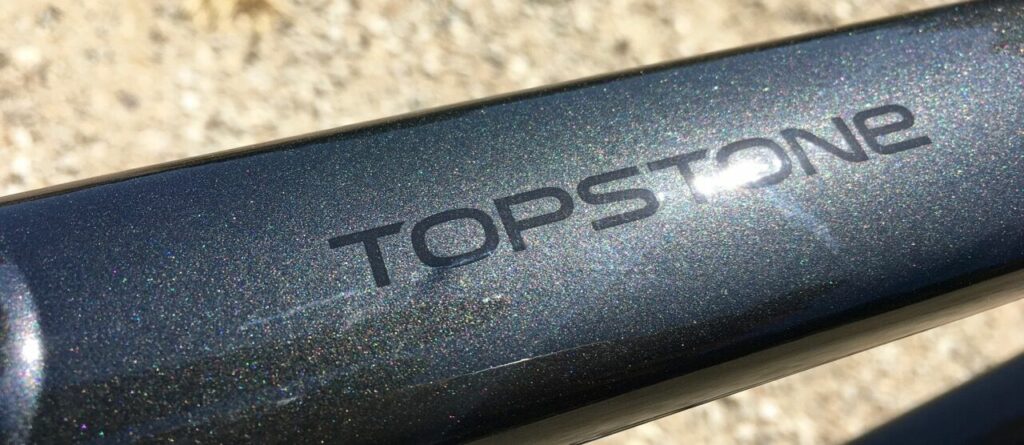
But, it’s still a very fun bike, even in its stock form. It rides well too. Not amazing or anything, but it rides well. Aluminum is my least favorite material from which to make a rigid bike frame. That said, the Topstone is really not bad at all. And it has a lot of forward *pop* to it when you step on it. I would love to see what this bike would be like with a C1 level treatment to it, but with the carbon version out, I doubt we will see that happen as it would mean a more expensive bike. Even so, comfort is very acceptable for all-road and gravel use outside of the roughest roads. When the trail gets towards MTB rated conditions, that is when I start to feel that ‘bite’ that every aluminum bike I have ever ridden has, and it is where the Ti Lynskey and other bikes like the Ritchey Outback, begin to offer a more forgiving ride. Of course they all cost quite a bit more. Some day I will have a hand made steel gravel bike frame for all-road and ‘hero gravel’ use, but for now the Topstone is great fun.
Just to let a cat out of the bag, I have swapped two sets of wheels and tires onto this bike already. It makes a dramatic change to the Topstone, all for the good. One swap took 1.5 pounds off the rolling weight. Wow! That was the Easton EA90 SLs with the IRC 40c Bokens. That was a sweet combo, and fit the intent of this bike very well. It enhanced the smoothness of the Topstone and took long grades out of the drudgery zone. More on wheels later as we examine some that are well under a grand and worth the upgrade.
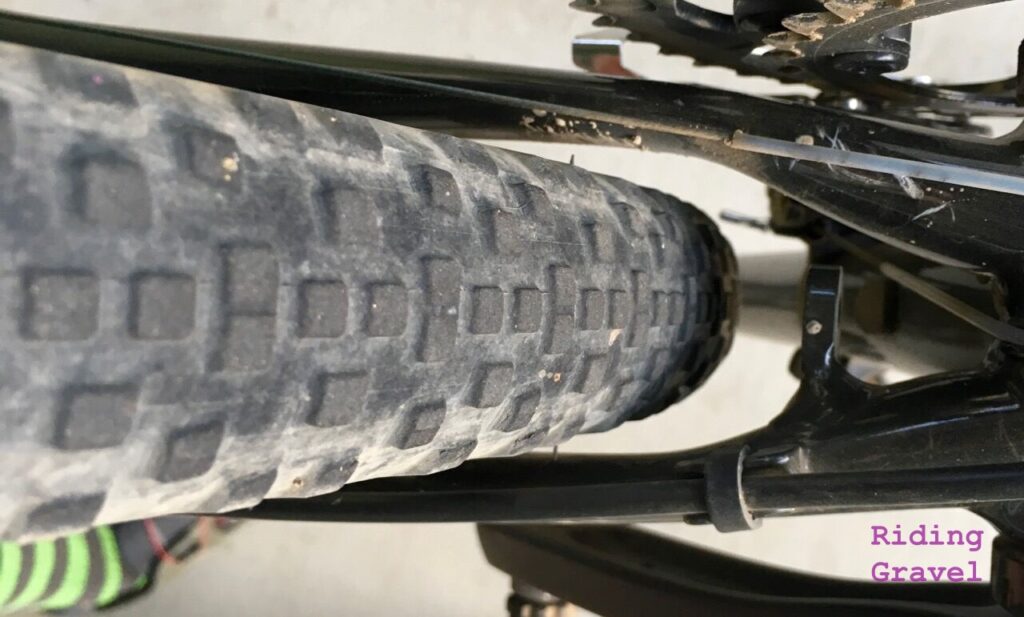
By the way, the aluminum Topstone we have here can take a pretty big tire. I fitted a set of WTB Resolutes on wide rims and there was still a good deal of room at both ends. That combo was a measured 44mms wide.
So, the parts we do have are not the lightest, but they all function well. The brakes are full hydro, even if the 6 bolt rotors are not the lighter versions Shimano offers. These rotors will last longer and they do not bend nearly as easily. The gearing is quite smart. The FSA subcompact crank runs 46/30 rings and combined with the 11-34 cassette gives you a very nice range to work with. The FSA crank is not quite at the level of a Shimano crank shifting wise, with upshifts a bit rough and downshifts a bit sticky (and maybe the chain is part of this too), but I doubt anyone will complain unless you are coming from high end road groups.
Overall I am pleased with the new 11spd 105 group. I do miss the ability to drop from the big ring to the small ring with one click of the lever, not two, like this 105 requires, but if I rode this all the time I would train my brain to expect it. Oddly enough I have ridden other 105 bikes that are not like this, so I am not sure if this is an issue with mine, or maybe I have a different generation of 105 shifters. The brakes might even be better for gravel then the Ultegras I am used too. These feel less powerful, but more progressive. Might even be pad compound I am feeling…not sure.
The stock feel of the bike fit wise is very roadie. It feels long, low, and narrow with the 100mm stem and 42cm bar. With lighter wheels and a swap to faster tires it has a very nice road presence to it. Right now I am running some Hutchinson 38mm tires…zoom zoom…I disliked the WTB Nanos on the road. Actually I simply disliked the Nanos…period.
Frankly, it would make a great road bike for really bad roads when running a bigger, faster tire like a 35mm or so. I plan on tweaking the bars and stem for fit purposes as I prefer less reach for gravel and a bit wider bar/shorter stem combo that I feel better compliments a 71 degree head tube angle. But I am not going as far in that direction as my Lynskey.
Honestly I think Cannondale nailed the geometry and the resulting handling is sure and stable when it needs to be, but it responsive enough to not be boring.
The three bottle mounts and top tube mount add function and it’s fender and rack ready, although there are no mounts on the fork for cages, etc.
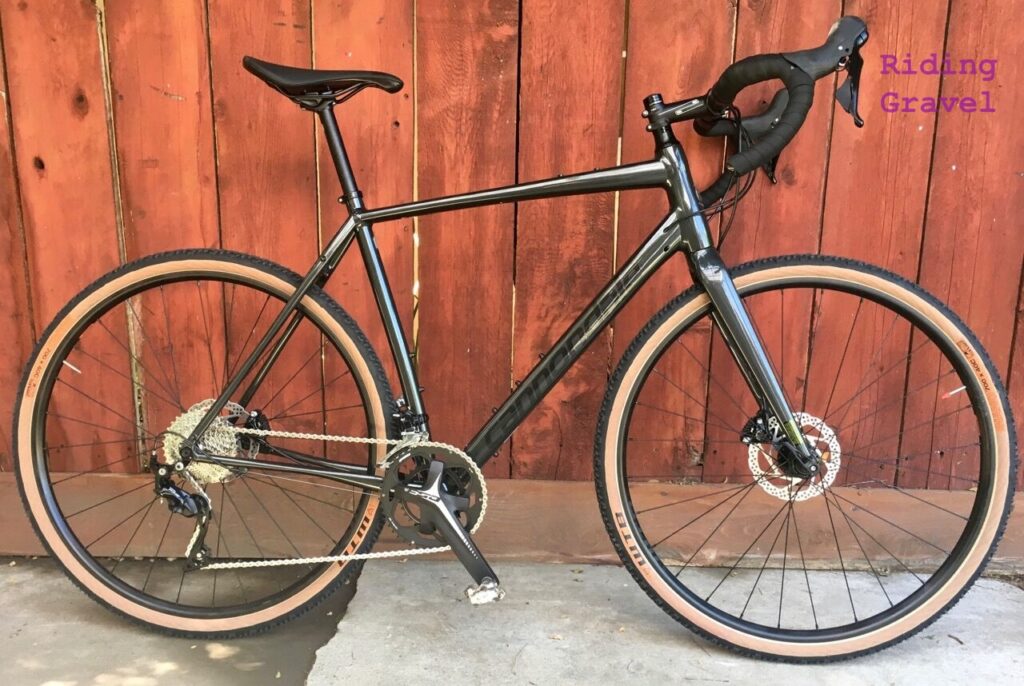
Cannondale did a very good job providing us with a solid bike for very little money. And that is something that will resonate with a lot of buyers out there who see a gravel bike as a less than a super-bike approach to riding. Commuting on the Topstone with a rear rack? Sure. Winter road bike with fenders? Yep. Full on road bike with some tire and wheel upgrades? Sure thing as long as the gearing and weight works for you. All road/light adventure rides? Uh huh. Gravel racing? Well, why not? Yeah, you may not podium (although that is more about the rider), but who says you can’t go try?
Over the following weeks you will see articles here and there as we review parts and upgrade things, and while they will use the Topstone as a base, the articles should apply to anyone who is looking to upgrade on a budget, even if that budget might stretch a bit if it really makes sense to do so.
NOTE: Cannondale sent over the Topstone 105 for testing and review at no charge to Riding Gravel. We were not paid, nor bribed for this review and we will strive to give our honest thoughts and views throughout.


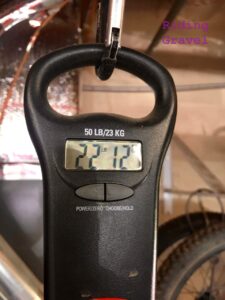
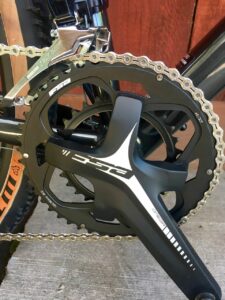
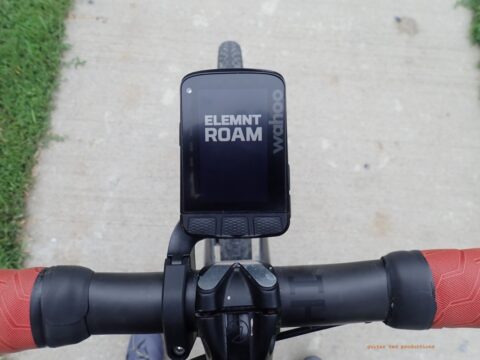
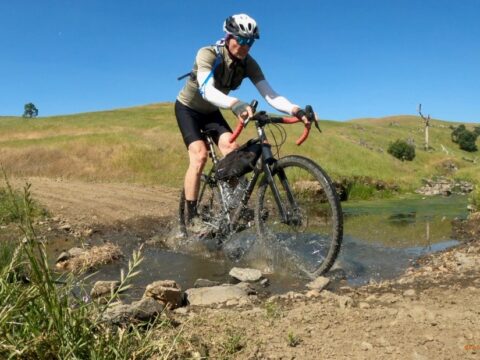
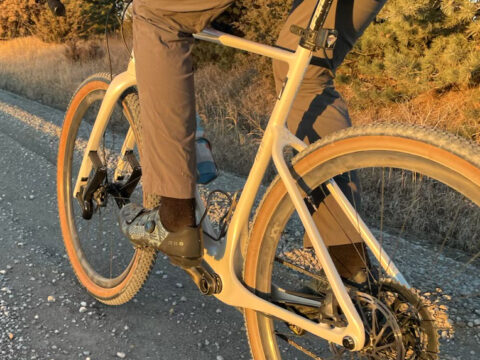
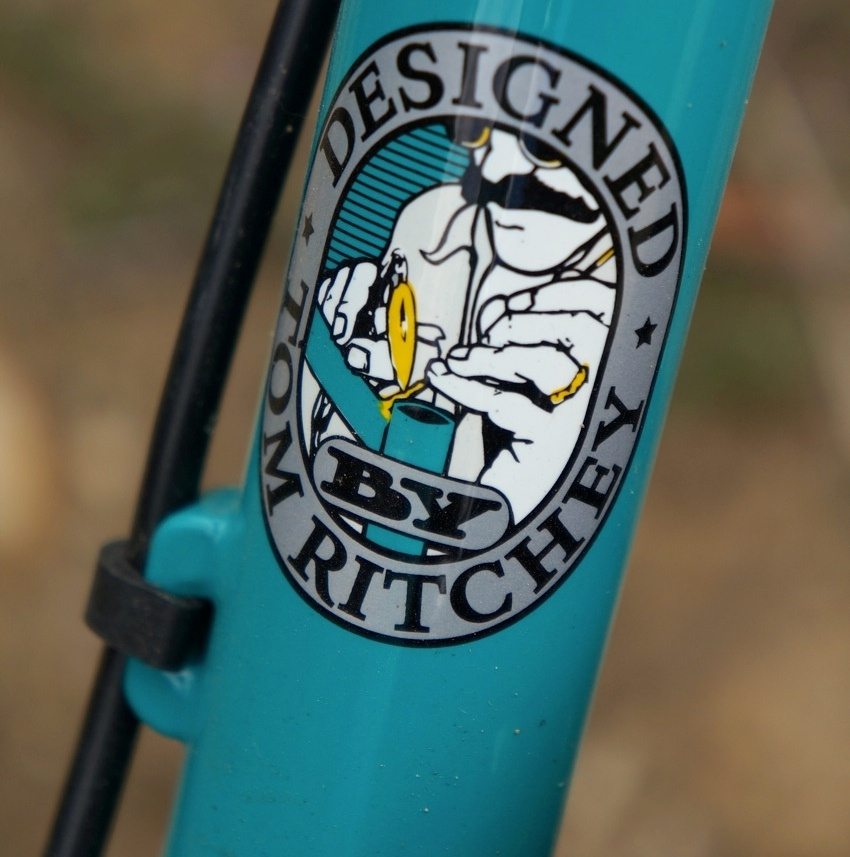
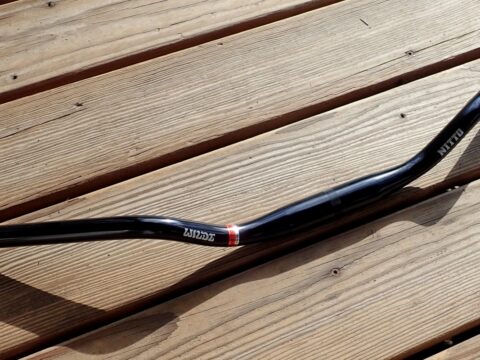
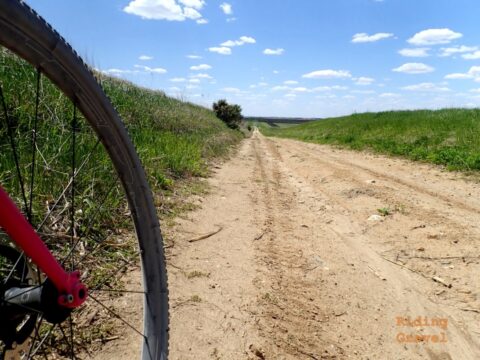
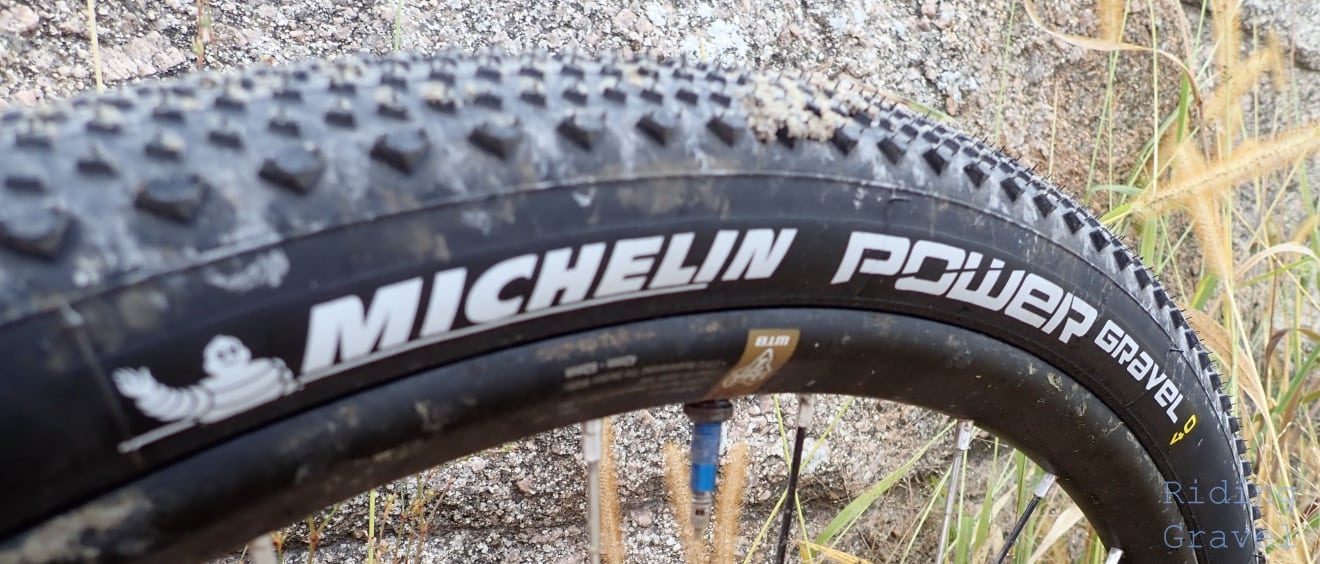
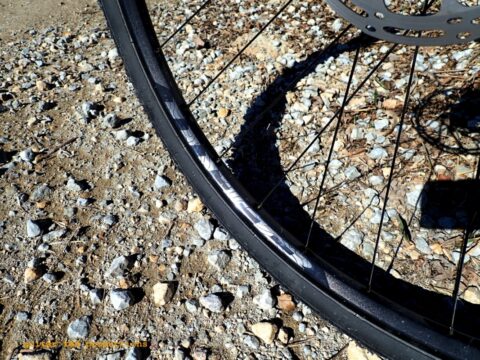

Nice review, I have this model and I like it. Mine takes 2 level movements for the front as well. Hope to upgrade my wheels some day.
The Slate’s “better” C1 Alloy frame does not seem to provide much, if any, weight advantage compared to the Topstone when comparing the Shimano 105 gruppo to SRAM’s Apex 1 and the Slate is 2x more costly.
Inasmuch as you were able to drop more than a pound with a wheelset upgrade, the Topstone’s curb weight starts to strongly resemble that of a good quality titanium road bike from.years past, like my 15-year old Airborne Valkerie. With a crankset upgrade, the Topstone may well throw shade on the Ti bike.
A man who rides a 21-pound gravel bike need not apologize to anyone. I look forward to your third installment in this review.
I think in the coming model year this price point would make even more sense, when the road components will be replaced with GXR components. You would get a full groupset instead of the mix with the FSA crankset, and you will get a clutched rear mech instead of normal road mech.
For the above model, it would probably be the 11-speed 600 series. However if you are budget conscious the 10-speed 400 series would actually make a ton of sense and still have the technical advantages of lower gearing and clutched rear mech.
I also suspect that the 400 series will lead to many budget builds to switch from cable actuated callipers to hydraulic callipers.
“I do miss the ability to drop from the big ring to the small ring with one click of the lever, not two, like this 105 requires, but if I rode this all the time I would train my brain to expect it. Oddly enough I have ridden other 105 bikes that are not like this, so I am not sure if this is an issue with mine, or maybe I have a different generation of 105 shifters.”
Very interesting writeup, but the above quote is the most intriguing to me. Is there any way that you can verify (maybe with MG or GTed) if this is in fact true?
@DT…well, my wife’s new GT Grade is the 105 version and when I was setting up the shifting, I noticed the front der drops with one pop of the lever, not two. That had me wondering. I was talking to a Shimano rep in the LBS the other day and he did not know that 105 might work that way…requiring two separate lever movements…but it did not surprise him either as the Bigger S has often made small changes between groups just to further justify the cost jump.
Her Grade is a newer model in the calendar year, sooooo…no sure what is the truth here. William’s comment above seems to back up my experience though.
gg
I know my 105 5800 front shifter has a big ring trim. While shifted into the big ring, I can tap the small lever to “trim” the front derailleur to avoid chain rub if I’m getting into the bigger cogs in back (cross chaining). The trim shift feels substantial enough to feel like two separate shifts when dumping down to the small chainring. In fact, I tap the left small lever twice just like I do on the rear shifter when going 2 cogs smaller.
Not sure if that’s the 2 lever push you guys are talking about, but just thought I’d share. Maybe it could be some shifters don’t throw the front derailleur far enough out to need or have a big ring trim? Would probably take a mechanic that works on tons of different Shimano 105 groupsets on different bikes to answer this question.
Above you mentioned some day getting a “hand made steel gravel bike frame for all-road and ‘hero gravel’ use.” What would you get?
@Collin…good question. The Breadwinner B Road comes to mind. Honestly, if the Ritchey Outback had a bit less aggressive HT angle and a bit higher stack, that would work (not custom made of course) There are a lot of very good builders out there.
gg
I test rode this model recently and was somewhat under impressed by the front braking performance. Is this typical of the 105, of disc brakes, or is it due to being new, not seated in or adjusted?
@Marc- It could be either or a combination of both. Some 105 levers have a very vague, soft feel, but will actually stop you well. Many 2019 and earlier 105 levers have no adjustment save reach, so, unfortunately, whatever feel at the levers you have is what you get.
If you prefer a firmer feeling lever, then one would have to go up the scale in Shimano’s groups or get a SRAM equipped bike. The SRAM levers have a bit more of a solid feel at the lever than many 105 Shimano brake levers I’ve had the opportunity to use/work on.
FYI: For those who like a SUPER firm feeling lever, akin to a traditional caliper brake, then I suggest the TRP based HYDRAULIC system from Gevenalle or TRP’s equivalent hydraulic road levers. These have an insane, solid, powerful feel on my bike that I use them on.
That said, I feel many folks riding bicycles do not understand the lever on hydraulic brakes is supposed to be easier to use, (read- Less Force At The Lever) to achieve braking levels that would require a lot more effort on a traditional, mechanical brake system.
Hi. Hope that you can help with these questions – I am totally amateur when it comes to bikes. I am thinking of bying myself the new 2020 topstone model Tiagra or 105. For relaxed amateurrides with my teenageson, mixed road and gravel,no competition😊. 1) What model would you recommend? 2) What size would be correct – height 186 / legs inseam appr 90 / measured without shoes. 3) Any thoughts on the colors/paintquality of the two 2020 models? 4) Would the Sora be fine…? By the way – Did you make any articles on the 2020 topstone alu models? Thanks👍 Martin/Denmark
On the shifting, yes there is a trim click for the big ring, and most likely you’re not feeling it as it should be because most bikes in general and these specifically, have the FD not adjusted correctly. This version front derailleur is not like the previous model. There is a specific way to adjust the lower limit and cable tension, Which is by lining up two white lines on the derailleur pivot, while the derailleur is in the big ring trimmed down once position. And then the upper limit is novel as well. It is not like a traditional limiter of old. It is based off the derailleur parallelogram frame, which has also been moved out already by the lower limit. Have a look at the low and high limit screws and see what they work off of and how and you’ll see what I mean. It can be a bit confusing at first but eventually you can get it straight in your head how the movements occur.
Lastly, your rear shifting is probably sluggish due to the chain being up to two links (2 side plates and 2 inners) too long. I can tell because your upper jockey wheel location looks exactly like mine did before I fixed it. The upper jockey wheel is way to far away from the 34 cog. I’d be willing to bet your b screw is run all the way in tight as well, and that’s how your jockey wheel got pushed so far down and back. Once you do the Shimano chain length checking method and remove the required links, you’ll be able to (and be required to) back the b screw out 4-5 turns and get the upper jockey wheel closer to the bottom of the 34 cog, as called for in the install guide.